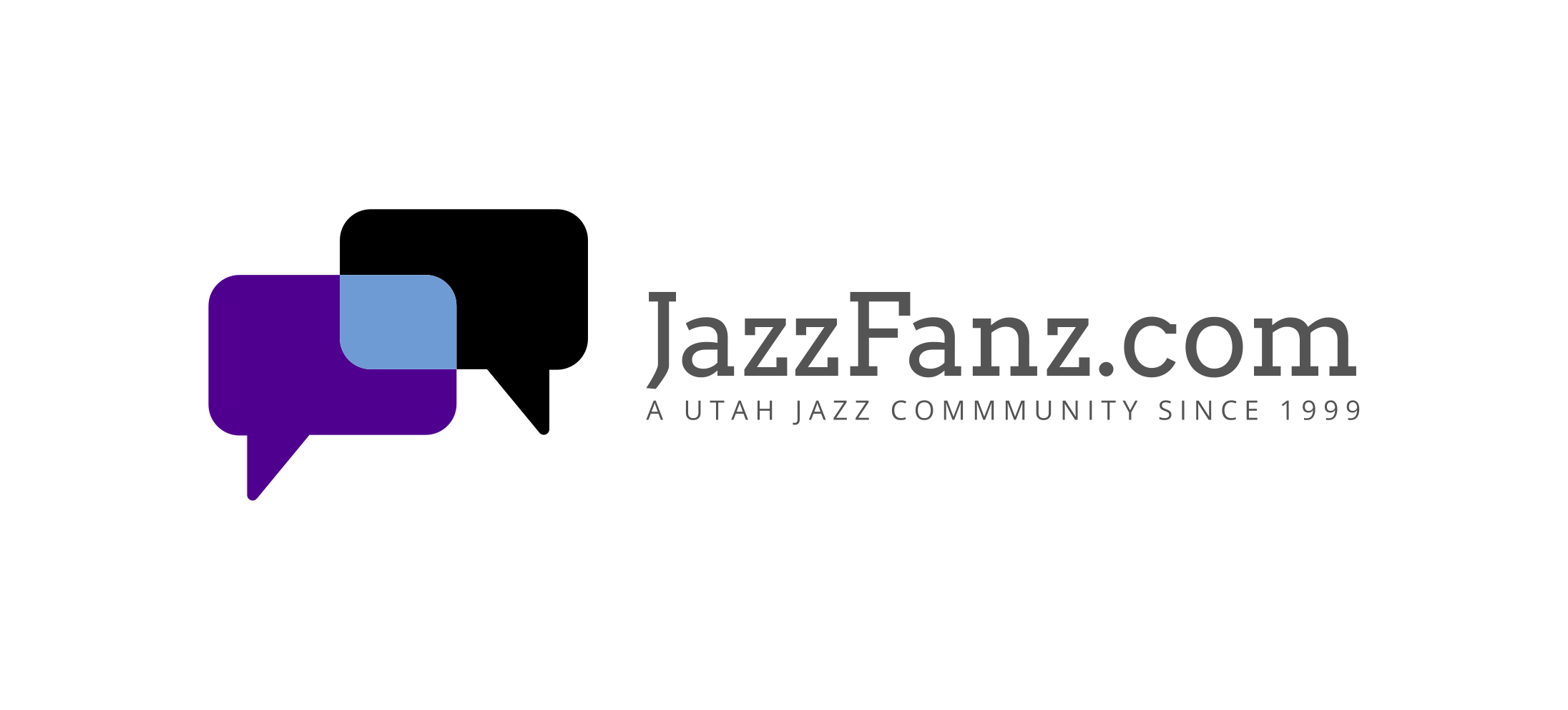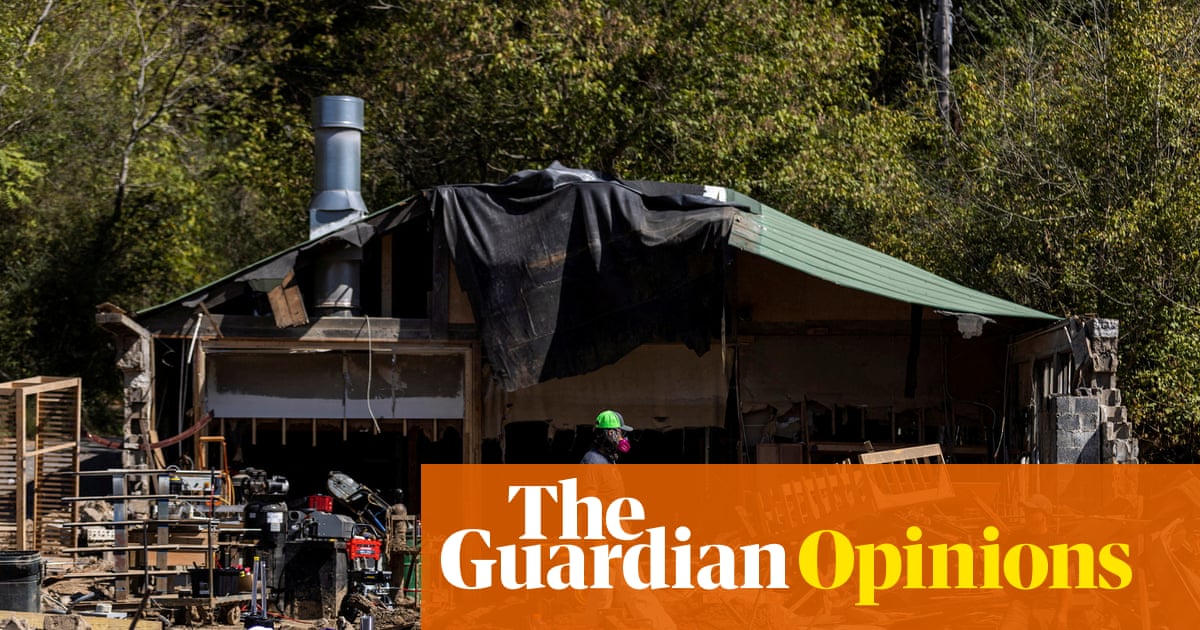Red
Well-Known Member
I have nobody on ignore. At the moment. I noticed the comment you mention. It was a meme telling us, believe it or not, that the only thing USAID accomplished was to make millionaires out of many Democrats.
Just a heads up, whenever I see a thread where the last post is by someone I have on ignore I just post whatever I find in like 15 seconds so as to deny them the last word in a thread. No idea what they post but I only have two active posters on ignore so I know they either posted a meme or a tweet because they do not have original thoughts.
Sometimes, I’ll make the effort to correct what is clearly a lie. And since the truth about USAID is hideous, it makes the aforementioned meme one of the most disgusting posts imaginable.

The Forecasted Death Toll of Shuttering USAID
Multiple studies have estimated millions will die annually as a result of the Trump Administration’s closure of the foreign-aid agency.
President John F. Kennedy said in 1961 that “there is no escaping” what he described as America’s “moral obligations as a wise leader and good neighbor in the interdependent community of free nations; our economic obligations as the wealthiest people in a world of largely poor people, as a nation no longer dependent upon the loans from abroad that once helped us develop our own economy; and our political obligations as the single largest counter to the adversaries of freedom.”
He was speaking to Congress about foreign aid and later that year would establish through executive order what has since been known as the U.S. Agency for International Development (USAID), which helped make the U.S. the world’s largest foreign aid provider.
For more than six decades, USAID has helped dozens of low- and middle-income countries, including conflict-stricken ones, to improve access to food, water, health care, and education. It’s helped stop disease outbreaks, revolutionize agricultural practices, and in some cases, promote democracy.
But on Tuesday, USAID shutters its doors for good.
The agency’s dismantling began just days after President Donald Trump returned to the White House at the start of this year. Tech billionaire and one-time Trump ally Elon Musk, who was spearheading the Department of Government Efficiency, singled out the agency as a locus of “corruption and waste,” despite the fact that it constituted just about 0.5% of government spending.
Secretary of State Marco Rubio, who took the reins of the agency in February, said in March that more than four-fifths of USAID programs were cancelled, and the approximately 1,000 that remained would be absorbed by the State Department by July 1, even amid court battles about the constitutionality of USAID’s closure.
On the eve of USAID’s final day, former Presidents George W. Bush and Barack Obama gathered with former staffers as well as U2 singer and humanitarian Bono on a video call. Obama described USAID’s gutting as a “travesty” and a “tragedy,” according to the Associated Press.
“You’ve showed the great strength of America through your work,” Bush told the USAID staffers. “Is it in our national interests that 25 million people who would have died now live? I think it is, and so do you.”
Trump, evidently, does not.
Just how many lives won’t be saved as a result of the closure of USAID has been the subject of several studies and projections.
On Monday, medical research journal The Lancet estimated that USAID prevented the deaths of more than 90 million people between 2001 to 2021. The study, conducted by researchers from Brazil, Mozambique, and Spain, forecasted that the defunding of the agency could lead to some 14 million deaths by 2030, including 4.5 million deaths of children and babies under the age of 5.
Here are some of the biggest estimated impacts of the U.S. shirking Kennedy’s “obligations.”



